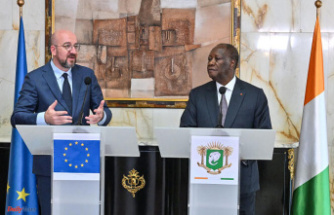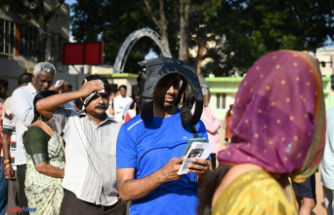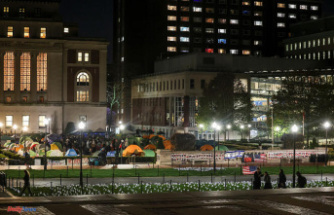The heat peak of the last days has set shade to optimism about the fires of this season. The first great fire of the year hit the country from Ávila, in a dramatic summer in other Mediterranean countries. The fire that was extended by the municipalities of Navalcruz and Cepeda de Mora, declared on Saturday and not stabilized until yesterday, is already as the largest fourth in this century, according to WWF Adena, which includes it within the category of the "supercending », Increasingly uncontrollable without a prevention job.
According to the calculation of the Board of Castilla y León, 12,000 hectares would have burned. WWF raises the impact up to 20,000 hectares and the European Emergency Management Service of Copernicus places it almost at 22,000 hectares, the equivalent of 27,000 soccer fields. That is, only less than those happened in courts of Pallás (Valencia), which calcined 30,000 hectares (2012); In Minas de Rio Tinto (Huelva), with 27,000 hectares (2004), and on Andilla, which ended 22,000 (2012).
A week ago, Miguel Ángel Soto, head of Greenpeace forest, warned: "I would like to wait these days before proclaiming a victory against the exceptional temperatures of this summer season." And unfortunately, the reality came to confirm the repairs of it. Soto points to landscape management as a key to limiting risks. "What we have seen in Turkey and in Greece, is that tourist centers are surrounded by vegetations. These spaces do not have preventive plans to limit the risk of fires ». The development of urban life in spaces with a virgin vegetation are the most sensitive. These extensions must be protected.
The other master key is prevention. Increasingly. Francisco Javier Acciezos, Secretary of Sectoral Coordination of FSC-CCOO, warns: "With the climate crisis we face, it is very likely that these phenomena will occur with greater violence. You have to create jobs in prevention all year ». The two experts coincide: "We are not doing forest management, which allows generating landscapes in both mountains and cultivated areas, which are more resistant to fires." Gustavo Colmena, technician in WWF forest restoration is added: «You must evolve from a model-centered model for advanced extinguishing devices - which ignores the effects of global warming and the accumulation of fuels - to another model betting on promoting Resilient, living, profitable and much less flammable landscapes ». That is, cleaning the areas so that fires do not disbocked. That has been crucial this year, after the Filomena storm that caused trees and branching that have not been removed.
The Ávila fire was extended gigantically, in a perimeters of 130 kilometers of Mount and Pasto. A vast territory where only a thousand people had to be evacuated, revealing the unpopulation situation in inner Spain. Rural abandonment is gasoline for fires.
The towns of the area have asked for the statement of catastrophic area. In addition to ecological damage, it has been a blow for livestock, which had an economic source of first level in very humble areas in the pastures of the area.
Date Of Update: 18 August 2021, 20:02











